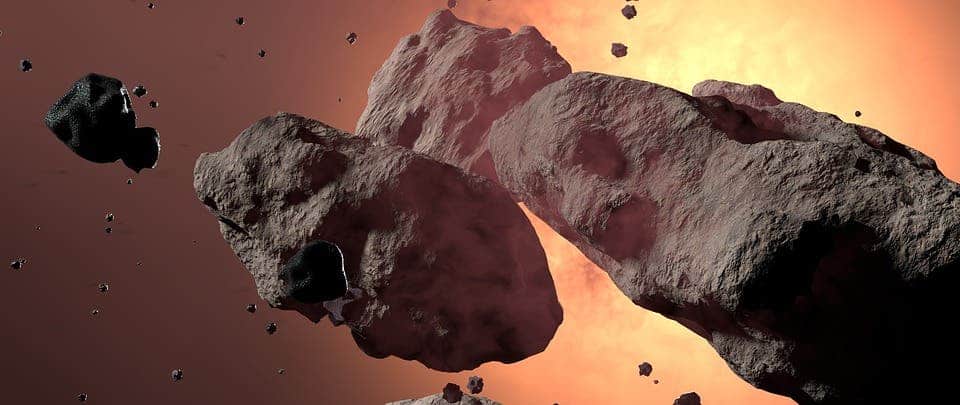In a bid to mine trillions of dollars’ worth of resources and help advance humanity’s toehold in space, China will be building an asteroid base sometime “in the near future.”
Asteroids are something of a mixed blessing; some whack into planets and kill off nearly everything, some don’t do much beyond floating around, and others, well, they’re like huge wads of cash in space. Needless to say, it’s the latter that gets everyone excited. And with the huge advancements we’ve been seeing recently in both space flight tech and automation, the times when we can reach out and grab those riches might be close at hand. China is planning to get to the forefront of the race.
Ye Peijian, Chief Commander and Chief Designer of the Chinese Lunar Exploration Program says that plans are underway to put an unmanned mining base on an asteroid “in the near future.” The craft’s job will be to mine the rock for precious metals such as palladium, platinum, iridium, or other important technological materials which are in short supply on Earth.
“In the near future, we will study ways to send robots or astronauts to mine suitable asteroids and transport the resources back to Earth,” Peijian said.
And the sheer scale of wealth that can be sourced from asteroid mining is mind-boggling. One estimation from Goldman Sachs noted that a single asteroid “the size of a football field” could harbor as much as US$50 billion in platinum, water, and other resources. Apart from the ores, these bases could also help out as outposts to support deep space missions, such as interstellar exploration, by acting as safe harbors for weary ships and their crews.
Asteroids can also be used to piggyback drones or manned ships on exploration missions. All you have to do is land the craft on an asteroid going in your preferred general direction, and take off at any time you so desire. This practice could drastically reduce fuel requirements and increase the operational range at the same time.
It’s not only the Chinese who are excited about the idea. NASA, as well as the private sector, have expressed an interest in pursuing asteroid mining. China’s plan, however, seems to be the widest in scope up to now. Still, that also comes with a downside — there’s a lot of work engineers have to do before such a plan can become feasible.
For starters, we will need a viable electric propulsion system so we don’t have to shuttle fuel around — which is both bulky and prone to detonation. There’s also the need to develop long-term energy generation systems which can supply a relatively high level of power, and a GPS-like navigation and communication system so our crafts don’t get lost in space. And strictly as far as mining is concerned, sampling and extraction devices that can work in space, relatively autonomously, with minimal maintenance requirements would go a long way to making these missions profitable. Even an automated miner AI would come in handy.
In the meantime, from 2017 to 2021, China’s National Space Administration plans to undertake a feasibility study and look into technology for the exploration and subsequent exploitation of Jupiter and its many asteroids and moons, followed by an exploratory mission between 2020 and 2025.







